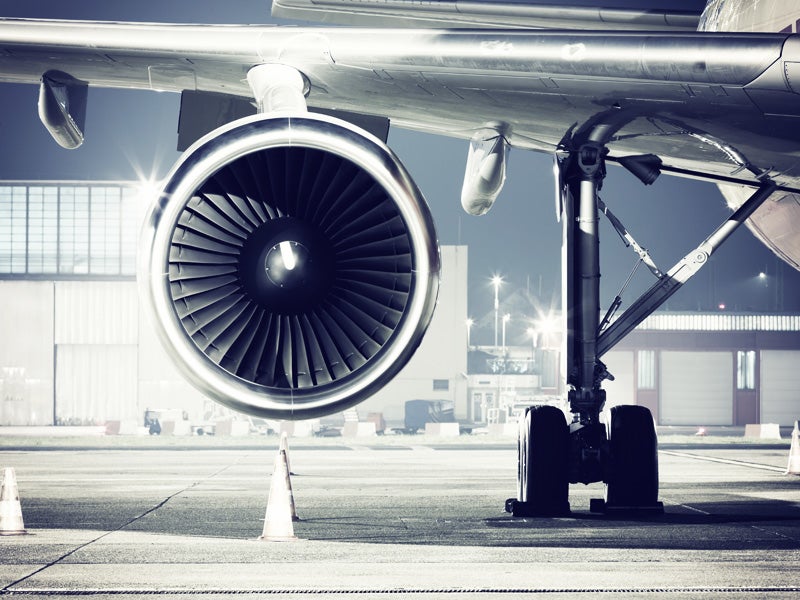EPA Plans to Green Light Increase in Harmful Airplane Emissions
Greenhouse gas emissions from airplanes threaten human health and contribute to climate change, but the EPA's proposed regulatory approach is not sufficient to reduce CO2.

This page was published 10 years ago. Find the latest on Earthjustice’s work.
Last week, the EPA determined that greenhouse gas emissions from airplanes threaten human health and contribute to climate change. While this is a necessary first step towards controlling these harmful emissions, the EPA’s proposed regulatory approach is not sufficient to reduce the millions of tons of CO2 that airplanes release into the atmosphere each year.
The EPA’s finding confirms that aircraft are a significant source of greenhouse gas pollution, emitting approximately 700 million metric tons of CO2 in 2012. To put that in perspective, a large elephant weighs about 7 tons—so think of 100 million decently sized elephants. If aviation were a country, it would be 7th overall in terms of emissions, just below Germany and more than Korea and Canada.
Globally, airplane emissions have quadrupled since 1960, and are on track to triple again by 2050, assuming the current 4-5% demand growth per year along with 1-2% fuel efficiency improvements. U.S. domestic airlines improved their fuel efficiency almost 50% between 1993 and 2010. But since 2010, in the absence of any regulation, they have not made any further improvements.
In fact, due in part to the Obama administration’s carbon regulations, the automobile industry has strongly outpaced aircraft manufacturers in this area, improving fuel economy of new cars and trucks by 4-8% per year in major markets. It’s time for President Obama to set rules for aviation to accomplish comparable gains.
Unfortunately, the EPA’s proposed approach to rein in airplanes’ substantial CO2 emissions is not up to the task. Instead of using its Clean Air Act authority to reduce emissions, the EPA proposes to follow the lead of the International Civil Aviation Organization (ICAO) and set a “business-as-usual” standard that will lock in emissions increases for decades to come.
ICAO was assigned the responsibility to address greenhouse gas emissions in 1997, but it has failed to adopt a single binding climate policy since then. Now, ICAO is poised to adopt a CO2 standard that will exempt planes currently in use, and it may not even cover new planes but only apply to future designs. Given the 25 to 30 year operational lifetimes of aircraft, the four to seven year waiting period before this rule will go into effect, and the organization’s decision to set the stringency of the standard at 2016 technology levels, the result will be a standard with which nearly all airplanes will already comply. When set against industry growth, the result will be a substantial increase in emissions from this sector.
While the EPA’s acknowledgement of aviation’s greenhouse gas contributions is an important step towards regulation of airplane emissions, a Clean Air Act rule that does nothing but give a green light to continued increases in pollution is not the bold action necessary to enact significant change.